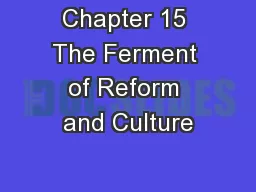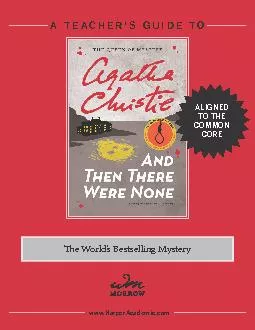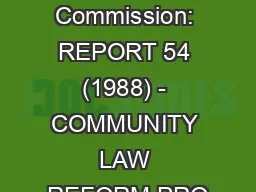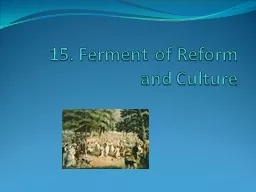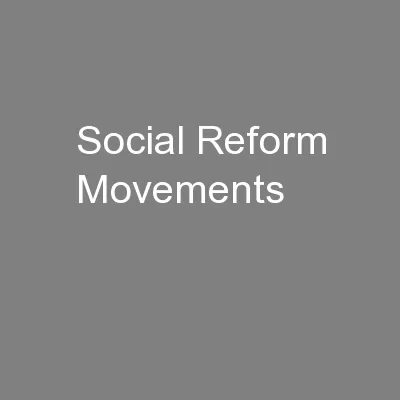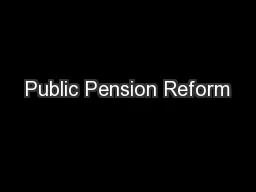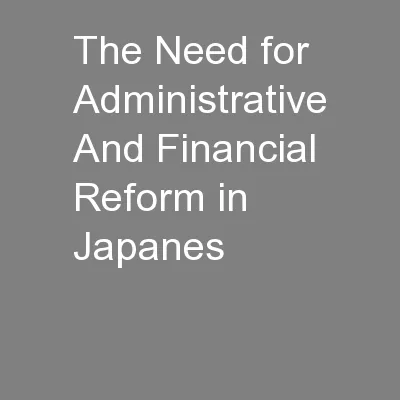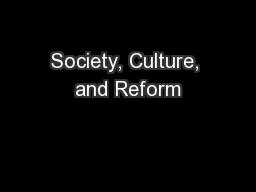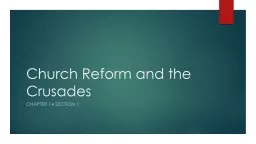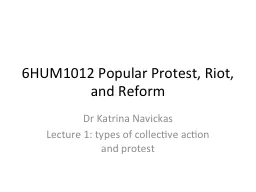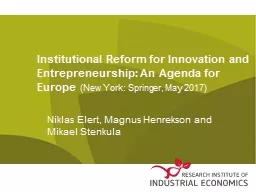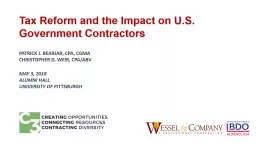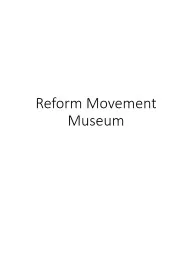PPT-Chapter 15 The Ferment of Reform and Culture
Author : sherrill-nordquist | Published Date : 2018-03-16
17901860 I Reviving Religion Religion 17901860 Church attendance still regular ritual for ¾ of 23 million Americans in 1850 Alexis de Tocqueville declared there
Presentation Embed Code
Download Presentation
Download Presentation The PPT/PDF document "Chapter 15 The Ferment of Reform and Cul..." is the property of its rightful owner. Permission is granted to download and print the materials on this website for personal, non-commercial use only, and to display it on your personal computer provided you do not modify the materials and that you retain all copyright notices contained in the materials. By downloading content from our website, you accept the terms of this agreement.
Chapter 15 The Ferment of Reform and Culture: Transcript
Download Rules Of Document
"Chapter 15 The Ferment of Reform and Culture"The content belongs to its owner. You may download and print it for personal use, without modification, and keep all copyright notices. By downloading, you agree to these terms.
Related Documents

